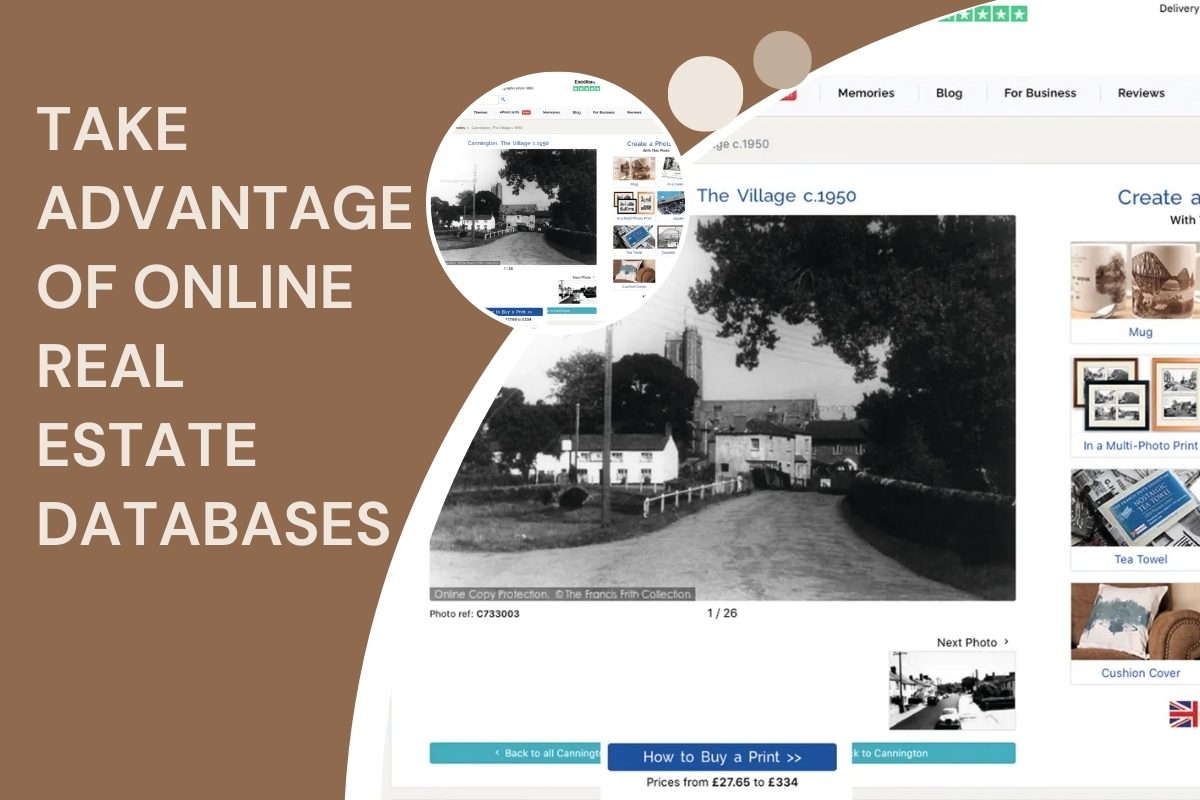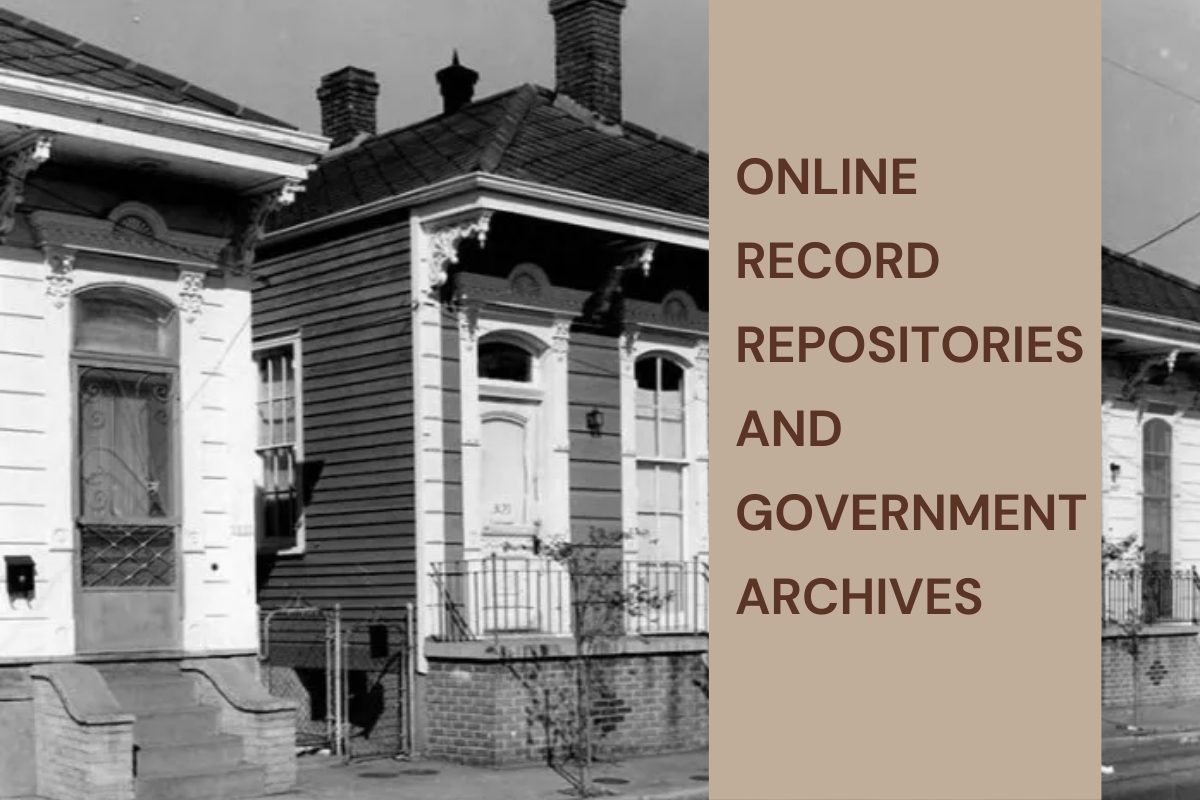Real estate photography
How to find old real estate listing photos

How to find old real estate listing photos is a question that many real estate enthusiasts, real estate professionals, and historians often ask when delving into the history of real estate. These images are invaluable when understanding how real estate has changed. This comprehensive guide explores methods for finding these nostalgic images.
The Significance of Old Real Estate Listing Photos in Property Research
Understanding how to find old property listing photos opens a window into the past, which can be of significant benefit to many stakeholders. These images reveal the architectural styles that prevailed during each period, changes in property layouts, renovations, and even the evolution of neighborhoods over time.

For buyers and investors, historical photos can tell compelling stories about the past and present and enhance the value of a property. From there, real estate agents can create a buyer's impression of the property.
For historians and urban planners, these visual images contribute to a better understanding of city expansion, architectural trends, and economic changes.
Finding such photos is not always easy, as real estate listings often get deleted as properties change hands or market conditions change. Therefore, mastering how to find old real estate listing photos has become an essential skill for many involved in real estate exploration, preservation, and investment.
Resources for Finding Old Real Estate Photos
Finding old real estate photos requires tapping into a variety of resources, from online databases to government archives. Each source offers different benefits, and knowing how to utilize them will maximize your chances of success.
Use the Multiple Listing Service (MLS)

MLSs remain one of the most comprehensive tools used by licensed real estate agents, providing historical reference data for many properties. However, you need access to accurate property information to access the archives. Additionally, some public platforms source MLS data or partner with agents to access archived information.
Take advantage of online real estate databases
Online real estate databases are a valuable resource for finding old listing photos, helping you research photography styles, layouts, and trends in real estate presentation.

Platforms like Zillow and Realtor.com often archive a history of past listings with photos and detailed descriptions, allowing you to consult this vast archive at any time.
Additionally, you can also combine advanced Google searches to limit results to specific real estate portals — a simple but effective trick suggested by Propcision to broaden your search scope and save time.
Online Record Repositories and Government Archives

Beyond commercial sites, government agencies and local archives often maintain detailed property records, including photographs, sale histories, and permit images. Many counties and municipalities have digitized their property databases, allowing public access through online portals or in-person visits. These repositories can be invaluable for uncovering vintage listing images that are seldom found on commercial platforms.
Search Engines and Advanced Search Techniques

Employing targeted search strategies via popular engines like Google can also reveal old listing images. Using site-specific searches with keywords, such as “site:zillow.com 123 Main Street” or “site:realtor.com old listing,” narrows results efficiently. Including terms like “historic photos,” “property history,” or “listing archive” enhances search specificity.
Utilizing advanced search operators and filters can improve results immensely. For example, searching for "before and after" photos of a property or specifying date ranges helps locate images from particular periods. This approach works well when combined with queries on forums, blogs, and social media groups dedicated to real estate preservation or urban history.
From Real Estate Agents and Former Owners

Sometimes the best way to find old property photos is through personal connections. Real estate agents who have served clients for many years often keep historical property data or photos. Contacting local brokers to request access to their archives can help you find them. Be aware that listing agents may change residences, jobs, or roles in the industry, so you need to verify their current address.
Also, contacting former owners or neighbors may provide additional details about the story that are not on file. Approach them politely and respectfully, explaining why you need the photos.
Explore Community and Historical Resources

When looking for old real estate listing photos, don’t overlook community and historical resources. They hold a treasure trove of visual information that can give you a unique perspective on what a property looked like in the past.
Your local library has a large archive of old newspapers, property listings, microfilm or digital databases. Ask a librarian to help you find them, which can save you a lot of time.
Local historical societies are also invaluable resources with photo collections and documents that document the development of your community. Contacting them can help you access valuable information about how your property’s structure and landscape have changed over time.
Finally, don’t forget about community groups on social media like Facebook. These are places where members often share old photos, historical stories, or information about homes in the area. Being actively involved in these groups will not only help you find rare photos, but also expand your network of connections with people who are passionate about real estate history.
How to find old real estate listing photos online

One of the most effective ways to find old real estate listing photos is to use Google search. This will help you track down a property’s previous listings, uncovering images, descriptions, and even its sale history.
Step 1: Use the “site:” syntax to limit your search results to a specific website. For example, you could type:
- site:www.rightmove.co.uk to search in Rightmove
- site:www.onthemarket.com to search in OnTheMarket
- site:www.zoopla.co.uk to search in Zoopla
Step 2: Enter keywords related to the real estate you’re looking for. For example, the area name, project name, or part of the postcode. This could be information you’ve pulled from an existing listing. Hit “Search” to start the tracking process.
Step 3: Display the results.
When the results come back, if you don’t find any listings, your search may be incorrect — try changing your search term. If there are too many results, choose a more specific or specific keyword to narrow your search. If Google is hiding duplicates, scroll down to the bottom of the page and click “repeat search with omitted results” to see them all.
Step 4: Finally, visit each listing and double-check that they are the same property. During this process, you may find that the property has been listed multiple times, has changed its price, or has been withdrawn and relisted. In these cases, don’t hesitate to call the listing agent directly to verify the information — often the real estate is relisted simply because the sale schedule has changed or has been taken down for the holidays.
Limitations to Keep in Mind When Searching for Old Real Estate Photos
- Not All Listings Last Forever: Many real estate websites automatically delete old listings after a certain period of time (usually a few years). This means that old photos may no longer be publicly available, making the search process more difficult.
- Photos may be removed for privacy reasons: Homeowners or new owners of properties sometimes request that photos be removed online to protect their privacy. This is a common reason why many old listings disappear from the web entirely.
- Archives are not always complete: Tools like the Wayback Machine or Google Cache only save a certain version of a website and often do not include the entire photo gallery, especially slideshow albums.
- MLS Database Access Restrictions: Multiple Listing Service (MLS) systems are typically only accessible to licensed real estate professionals. This makes it difficult for unauthorized people to access old listings through official channels.
- Respect privacy: If a photo is no longer public, please respect that and do not attempt to access it through unofficial means or in violation of the website's terms.
Conclusion
Learning how to find old real estate listing photos can be a challenging process, as it often requires digging into multiple sources. These photos are not only valuable historical records but also carry significant research potential. Real estate brokers who know how to leverage the value of old listing photos—and enhance them with Picpee real estate photo editing—can capture buyer attention and boost property value more effectively.
 Single Exposure
Single Exposure Room Cleaning
Room Cleaning Reels
Reels Blended Brackets (HDR)
Blended Brackets (HDR) Changing Seasons
Changing Seasons Slideshows
Slideshows Flambient
Flambient Water in Pool
Water in Pool Individual
Individual 360° Image Enhancement
360° Image Enhancement Lawn Replacement
Lawn Replacement Team
Team Virtual Staging
Virtual Staging Rain to Shine
Rain to Shine Add Person
Add Person Remodel
Remodel Custom 2D
Custom 2D Remove Person
Remove Person 360° Image
360° Image Custom 3D
Custom 3D Background Replacement
Background Replacement Day to Dusk
Day to Dusk Property Video
Property Video Cut Outs
Cut Outs Day to Twilight
Day to Twilight Walkthrough Video
Walkthrough Video Change color
Change color 1–4 Items
1–4 Items








